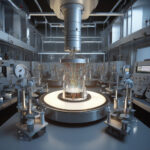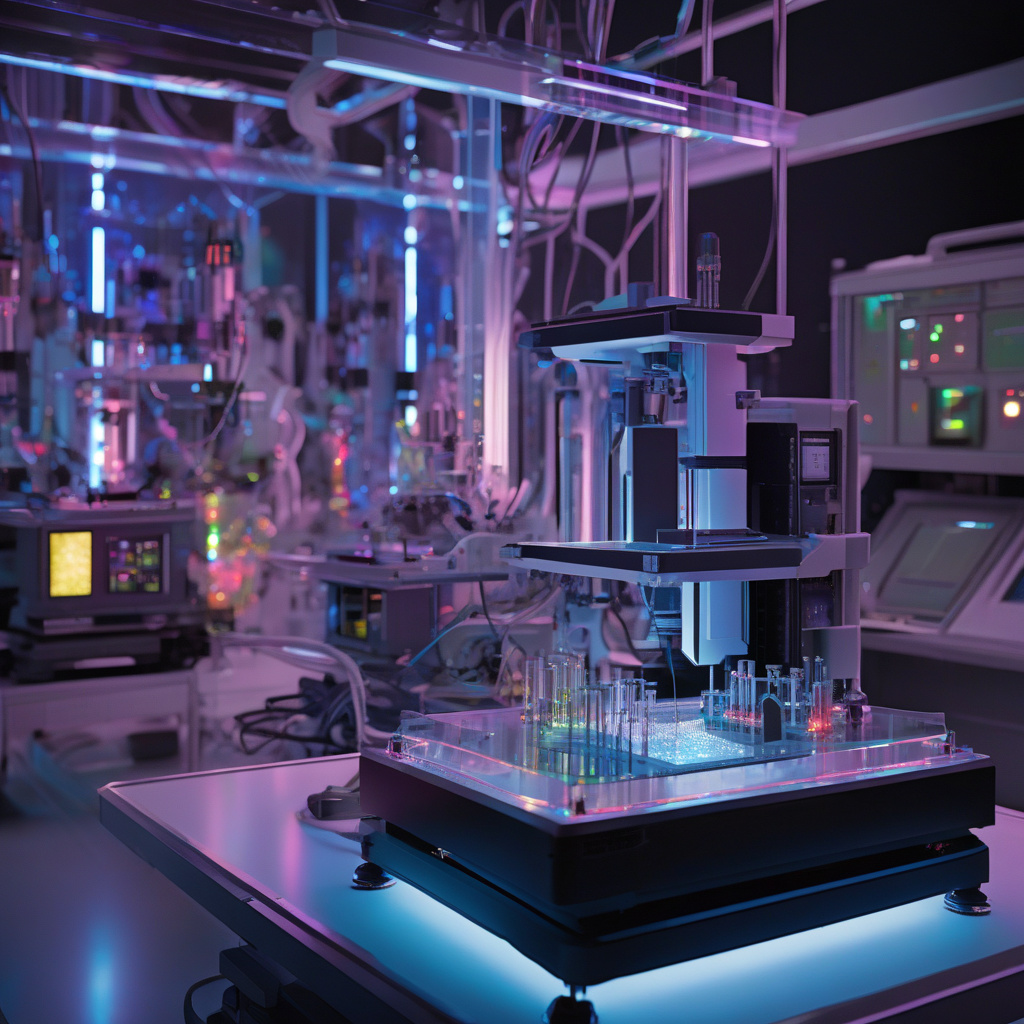Breakthrough Laser Crystals Power Quantum Computing and Imaging Without Rare Earths
Lasers play a crucial role across many industries, from medicine to quantum computing. But producing these powerful beams often relies on rare earth elements, which come with high costs and environmental concerns. However, recent advancements in laser crystal technology are paving the way for a new era of sustainable and efficient laser systems that do not depend on rare earths.
Traditional laser systems utilize rare earth elements such as neodymium and ytterbium to create the crystal structures needed to generate high-intensity laser beams. While these materials are effective in producing the desired laser output, their limited availability and complex extraction processes make them less than ideal for large-scale production.
To address these challenges, researchers have been exploring alternative materials that can offer comparable or even superior performance without the drawbacks of rare earth elements. One promising solution lies in the development of chromium-doped sesquioxide crystals, which have shown great potential for use in laser systems.
These innovative laser crystals exhibit unique optical properties that make them highly suitable for a wide range of applications, including quantum computing and high-resolution imaging. By harnessing the exceptional properties of chromium-doped sesquioxide crystals, researchers have been able to achieve significant breakthroughs in laser technology.
One key advantage of these crystals is their ability to operate at room temperature, eliminating the need for complex cooling systems that are typically required for traditional laser systems. This not only reduces the overall cost of the laser setup but also makes it more energy-efficient and easier to integrate into existing systems.
Moreover, chromium-doped sesquioxide crystals offer a broader tuning range compared to conventional laser materials, allowing for more flexibility in controlling the output characteristics of the laser beam. This versatility makes them ideal for applications that require precise and adjustable laser parameters, such as spectroscopy and material processing.
In the field of quantum computing, where the development of reliable and scalable quantum processors is a top priority, the use of chromium-doped sesquioxide crystals could revolutionize the way quantum information is processed and manipulated. These crystals have the potential to enhance the performance and stability of quantum systems, bringing us closer to realizing the full potential of quantum computing.
Furthermore, the adoption of chromium-doped sesquioxide crystals in high-resolution imaging technologies could lead to significant advancements in medical diagnostics, materials science, and environmental monitoring. Their ability to generate coherent and high-intensity laser beams makes them valuable tools for capturing detailed images with exceptional clarity and precision.
As we look towards a future where sustainable and efficient technologies are paramount, the development of laser systems based on chromium-doped sesquioxide crystals represents a significant step forward. By eliminating the reliance on rare earth elements and offering superior performance characteristics, these breakthrough laser crystals are poised to drive innovation across a wide range of industries.
In conclusion, the emergence of chromium-doped sesquioxide crystals as a viable alternative to rare earth elements in laser technology holds immense promise for the future of quantum computing, imaging, and beyond. With their unique optical properties and versatile applications, these crystals are set to revolutionize the way we harness the power of laser technology in the years to come.
laser technology, quantum computing, imaging, chromium-doped sesquioxide crystals, breakthroughs












